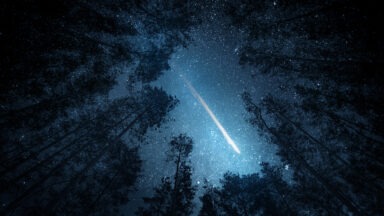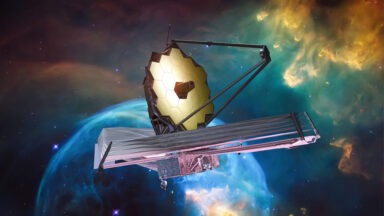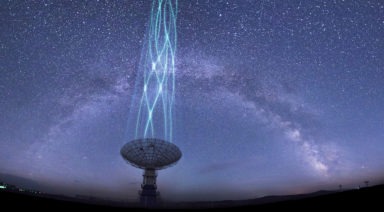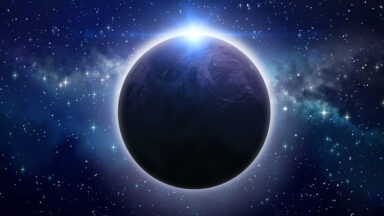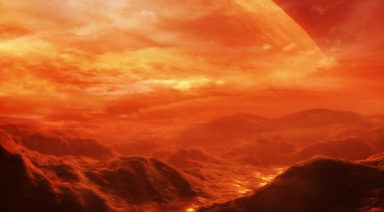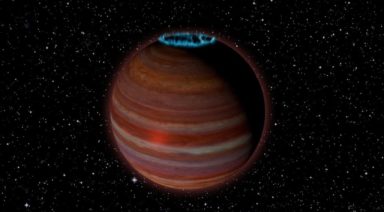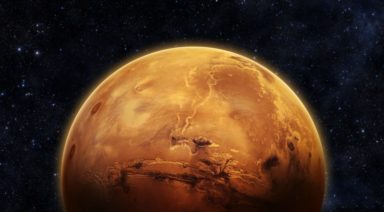A New Phase of Matter Appears to Defy Laws of Thermodynamics

Scientists have created a new phase of matter known as time crystals, a quantum phenomenon appearing to defy the laws of thermodynamics. Could this discovery upend our understanding of classical physics?
A team of researchers developing Google’s Sycamore quantum computer announced the successful creation of a time crystal that lasted for 100 seconds. This novel phase of matter appears to defy the second law of thermodynamics, which states that entropy, or chaos and disorder, always increases in an isolated system. In other words, energy must be put into a system in order to maintain structure or motion. But time crystals have been observed to maintain a constant state of flux, without losing any energy.
Dr. Simeon Hein, director of the Institute for Resonance, explains the science behind this strange phenomenon.
“Crystals are in everything we do—they’re in watches—they’re in so many things because they’re regular, they create evenness, they create this consistency. And just like their pattern is very consistent, the energy that crystals transmit turns into a very regular pattern which is why you can use a quartz crystal in a watch,’ Dr. Hein said.
“You can put a noisy electrical signal in but it will come out as a very consistent beat, and that created the idea for some people, in this case, Frank Wilczek from M.I.T. in 2012, to propose the idea that you not only had crystals in space, you could have crystals in time. You could create an oscillating circuit, using specific quantum principles, you could create a very constant quantum beat.”
Time crystals have been described as the first “out-of-equilibrium” phase of matter, meaning they maintain order while in an excited state. But how do time crystals accomplish this, without expending energy?
“At a quantum level, they’re getting energy from something called the Zero-point energy field. The Zero-point energy field is the lowest ground state of quantum matter, but the lowest state doesn’t mean absolute zero like nothing’s happening. The quantum ground state is actually the base state of the universe, where even though there’s nothing happening, the field itself generates energy, causing random fluctuations and particles to pop out of nowhere, and all sorts of really interesting effects that normally, I should say most of the time, we don’t see in our regular, physical reality,” Dr. Hein said.
“So these coherently entangled particles would be deriving their energy from the quantum vacuum field. But if they’re getting their energy from the quantum vacuum, instead of our classical world, you can’t see any reason why they would eventually have to wind down like our regular clocks would, and energy would dissipate.”
With this new discovery of time crystals appearing to defy the second law of thermodynamics, how has mainstream science reacted, or tried to reconcile this paradox?
“A lot of these quantum phenomena seem to defy classical physics, the whole idea of quantum entanglement suggests faster than light interaction or communication, Einstein called it ‘spooky action at a distance,’ and experiments later confirmed that you could take pairs of particles and separate them, and you could do something to one of them, and the other particle would immediately react at farther and farther distances away,” Dr. Hein said.
Watch more:
As scientists continue to examine the baffling mechanisms of particles at the quantum scale, what implications could this have at the macro-scale? Could this explain paranormal phenomena or lead to the creation of a perpetual motion device?
“It suggests that things could be possible that you didn’t believe in before; things like remote viewing and phenomena around UFOs and things like this. It could tell us about some of these phenomena and perhaps there’s a quantum component to some of what’s called ‘paranormal phenomena,’ and this sort of research gets it going,” Dr. Hein said. “This is the real issue in quantum mechanics, where do quantum principles apply? Whether it be poltergeists or some of the weird time anomalies—you know, the missing time phenomena that people experience around UFO encounters? And other encounters like that, even Bigfoot seem to have a quantum component to them, Bigfoot encounters in terms of the effects on electronics and batteries. So this sort of questioning and research could possibly lead in that direction.”
While researchers work to create time crystals that maintain coherence for more than a few minutes, this latest iteration lasted exponentially longer than when they were first discovered in 2016. Will the Google team be able to create a significant state of coherence for time crystals in the future? And what else can we learn from these enigmatic quantum crystals?
Government Admits Oumuamua Wasn't First Interstellar Object
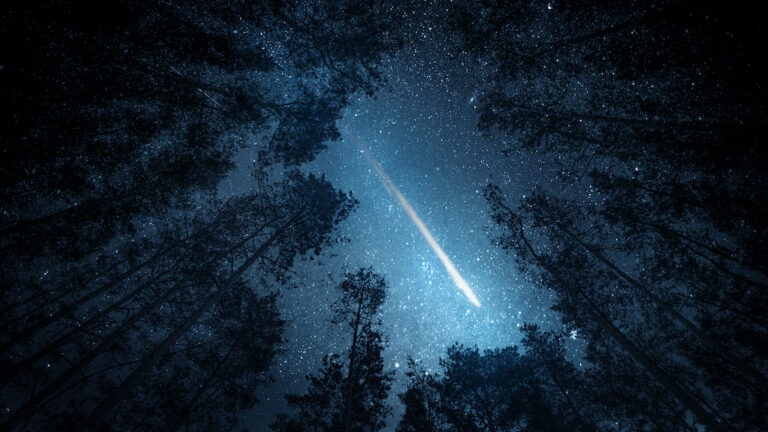
The U.S. military confirmed the first interstellar object to hit Earth was years before Oumuamua and corroborates research done by a famous astronomer.
We’ve reported before about Oumuamua, the first interstellar object to enter our solar system in 2017, and Harvard professor Avi Loeb’s book arguing Oumuamua might be extraterrestrial. Whatever it was, its existence was remarkable as the first interstellar object to enter our solar system.
But now, we are learning that Oumuamua was the second interstellar object to enter our solar system, and this discovery was made by none other than Avi Loeb.
In 2019, Loeb, working with his student Amir Siraj, combed through the database of meteors looking for other interstellar objects. When they found evidence of a fast-moving meteor that hit the Earth, they wrote a paper arguing it was interstellar too and preceded Oumuamua by almost four years.
“The referees of the paper that we wrote rejected the paper, and argued that it should not be published,” Loeb said. “Because they don’t trust the government and perhaps the uncertainties that are often quantified in the scientific literature as ‘error bars,’ which they are just the level of uncertainty in the measurements (that) are unknown.”



